Sōsuke Aizen is undoubtedly one of the most iconic and influential villains in the anime series Bleach. When first introduced, he appeared to be a kind, deeply respected Captain of Squad 5 within the Gotei 13, the primary military branch of Soul Society.
However, over time, it became clear that Aizen was secretly orchestrating events from the shadows to pursue his own malevolent goal of overthrowing Soul Society’s leadership.
Though initially maintaining a benevolent guise, Aizen went on to fully reveal his true nature as a profoundly devious and formidable adversary. He demonstrated immense strength and intellect, outmaneuvering countless opponents through elaborate planning and preparation.
Aizen proved integral in setting the central conflict of Bleach in motion and leaving a lasting impact on the trajectory of the plot.
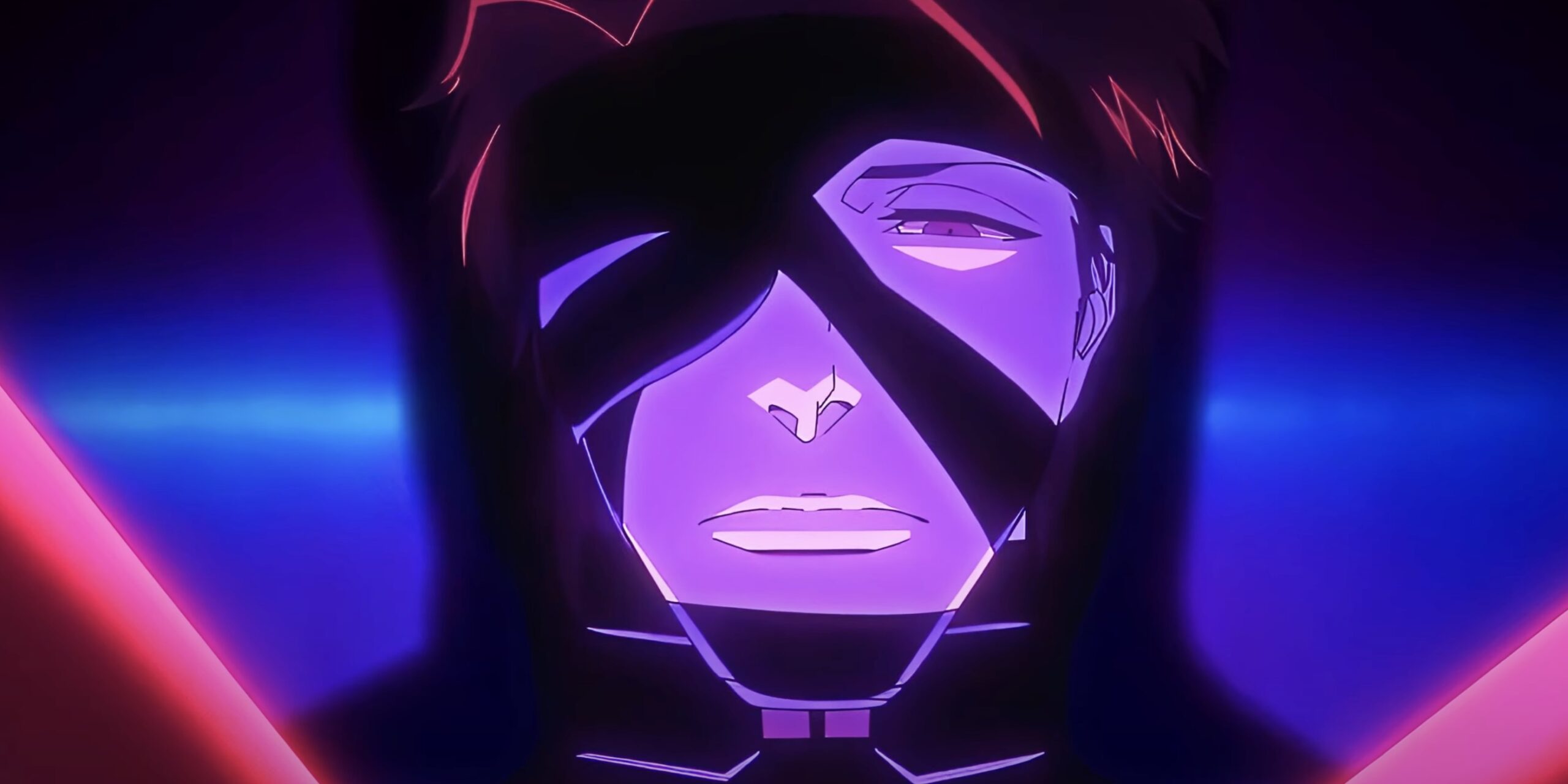
One intriguing mystery surrounding Aizen is whether he truly achieved Bankai, which is considered the ultimate technique and a basic qualification for a Captain rank. We never witnessed Aizen perform or confirm attaining Bankai.
While he may simply be withholding that power until the right moment, there is an alarming possibility that he reached and maintained his status through other duplicitous means from the start. This would further cement Aizen’s role as a deeply embedded, manipulative threat hiding behind a fabricated persona all along.

Aizen stands out as one of anime’s most memorable villains through his central role in Bleach’s narrative, the lasting influence of his actions, and the complex intrigue surrounding the true limits of his abilities.
He challenged the foundations of Soul Society to the core.
Aizen’s Inability Explored in the Depths of Zanpakutō Bonding
To unpack why someone as powerful as Aizen could still be unable to reach Bankai, we need to understand the deeper mechanics behind Zanpakutō, or Soul Slayer swords, in Bleach.
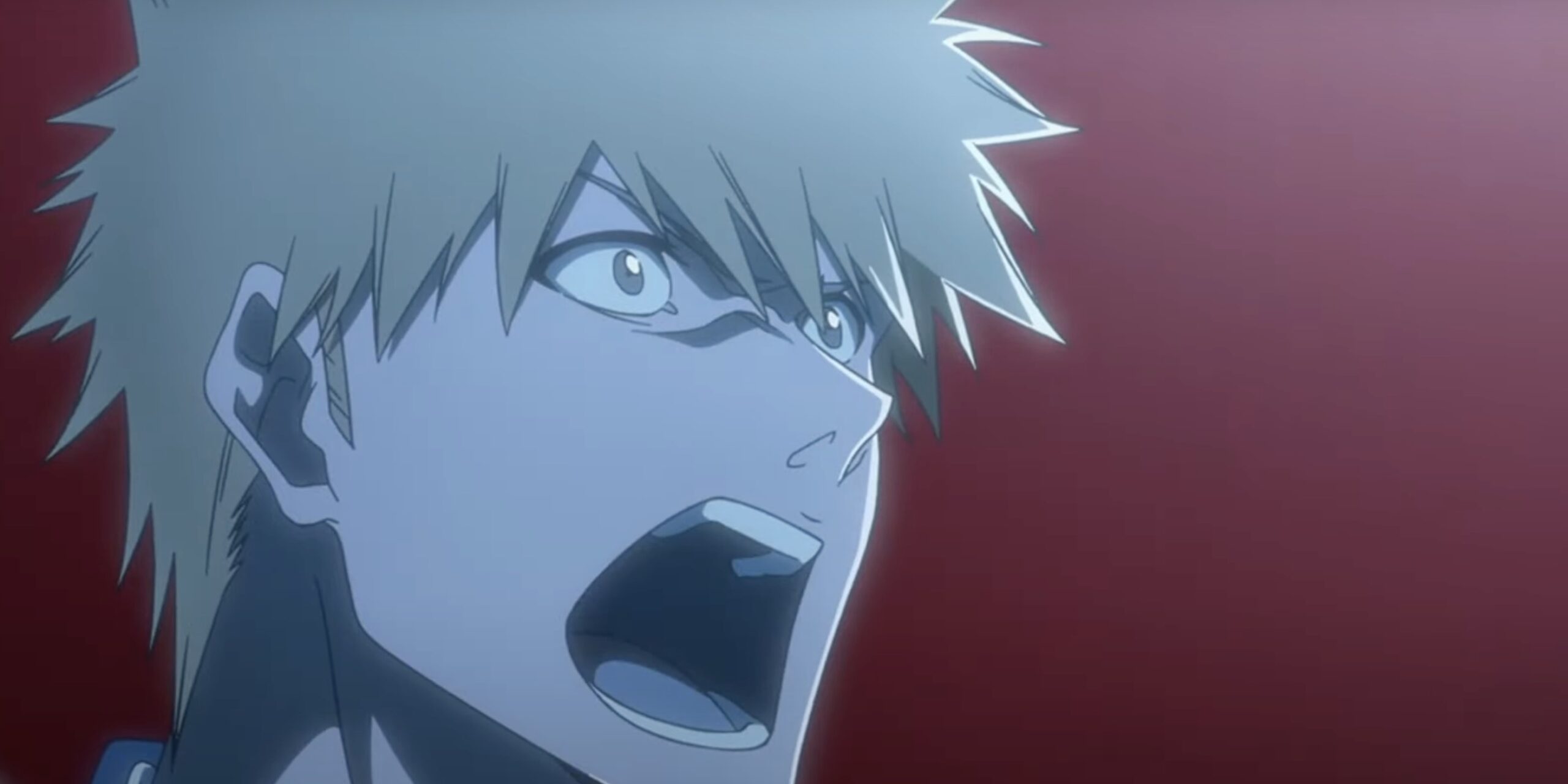
Zanpakutō starts out as Asauchi – blank slate souls that slowly bond with a Shinigami wielder over time. Through this growing connection, the Zanpakutō develops its own sentience and identity that mirrors the Shinigami’s soul.
Eventually, the wielder will hear their Zanpakutō’s distinct voice and learn its name. By calling upon a Zanpakutō by name, a Shinigami can unlock Shikai – the initial release state that transforms the sword and grants unique abilities.

Learning the sword’s name proves that the wielder and Zanpakutō have forged a deep bond and that the Zanpakutō spirit has matured considerably. In rare cases, Zanpakutō spirits may even manifest physically.
The next stage is Bankai, which requires manifesting and subjugating the Zanpakutō spirit to fully wield its power. This is no simple feat – it indicates an exceptionally strong bond between Shinigami and Zanpakutō.
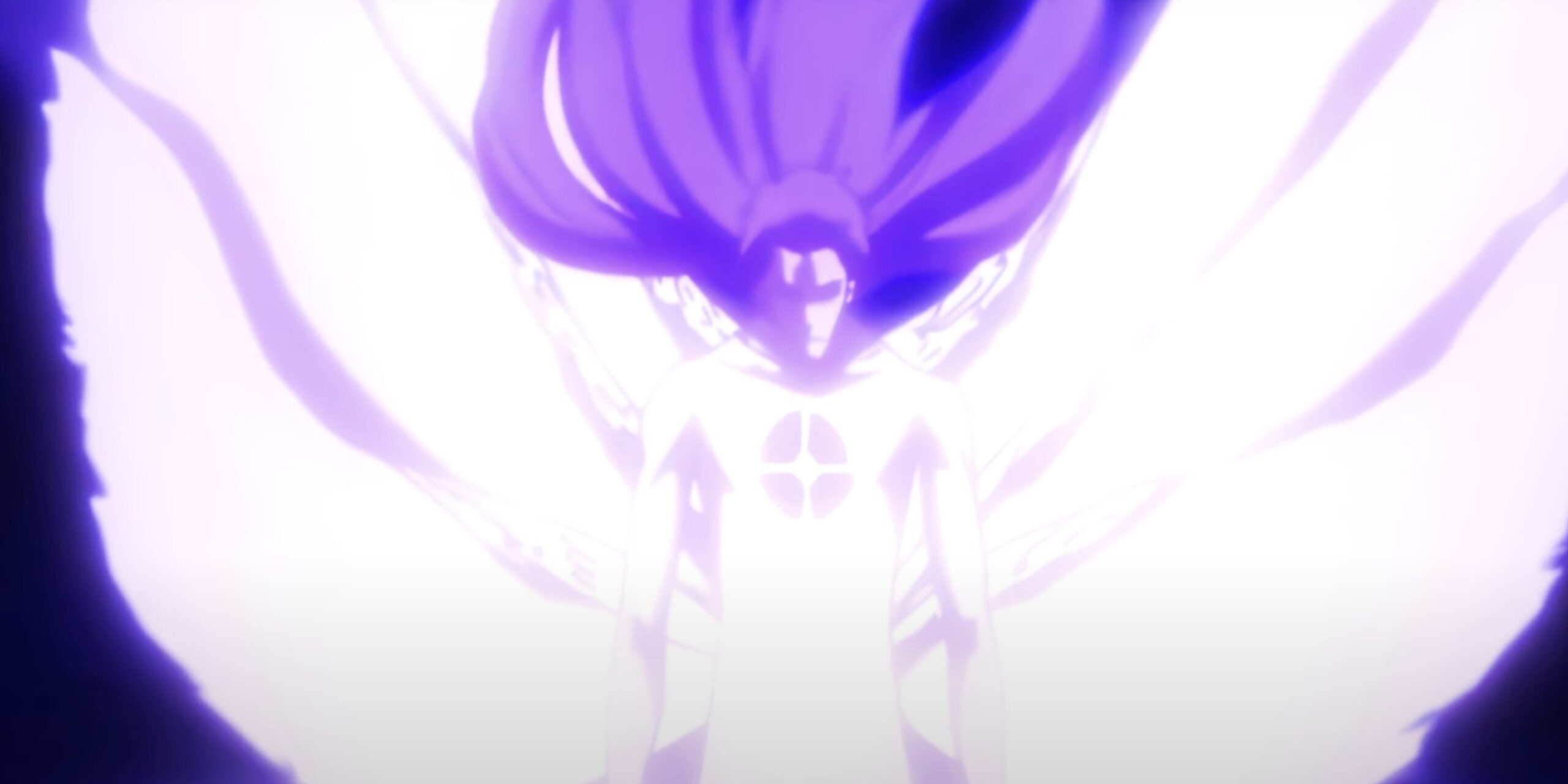
So, for someone like Aizen to be incapable of Bankai, it may be that his own soul and nature make it impossible to form that crucial, trusting bond with his Zanpakutō spirit.
His closed-off, manipulative inner self could fundamentally clash with nurturing that connection – the critical prerequisite to Bankai. It would be a profound limitation belying his facade of power.
Spiritual Connection Between Shinigami and Zanpakutō
Bankai represents the ultimate technique and full power realization for a Shinigami wielder and their Zanpakutō. It is considered the pinnacle of a Shinigami’s mastery and connection with their soul-cutter sword.

Normally, even gifted Shinigami must train extensively for over a decade to attain the spiritual focus and bond required to manifest Bankai.
The process to initially unleash this power is extremely demanding. First, a Shinigami must have already activated Shikai, the initial release state, indicative of some initial connection with the Zanpakutō spirit.
Additionally, the wielder must have deeply nurtured the relationship so that their souls resonate enough to forcefully materialize the Zanpakutō’s spirit into physical form.
Ichigo Kurosaki uniquely compressed this journey into just three days out of necessity. But he still had to face his Zanpakutō spirit and subjugate it in battle to prove his resolve and establish the absolute trust needed to access Bankai.

This unwavering trust and understanding between the wielder and the blade is the true key that makes the ultimate technique possible.
For someone like Aizen, who hides his true nature behind deception and manipulation, earnestly fighting and bonding to that level of trust with his Zanpakutō spirit may be fundamentally antithetical to his character.
This could explain his potential inability to reach Bankai despite his great power otherwise – true resonant trust may elude his closed-off soul.
Mastery of Aizen’s Terrifying Zanpakutō
Aizen’s Zanpakutō, Kyoka Suigetsu, is likely one of the most infamous and devastating Soul Cutter swords in the Bleach series due to its unique power. In its sealed state, Kyoka Suigetsu resembles an elegant katana with a green hilt and hexagonal tsuba guard.
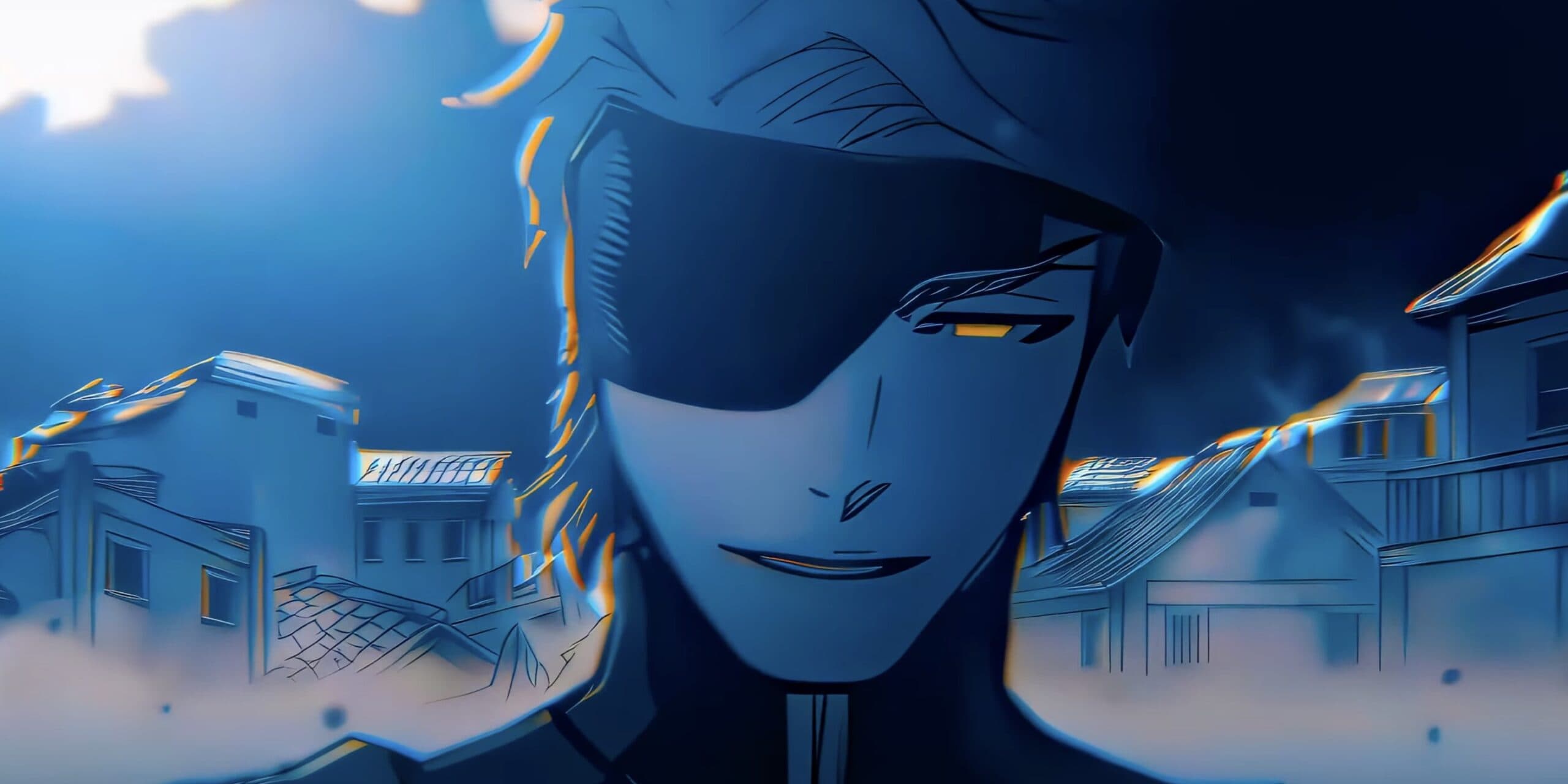
Unlike most Zanpakutō, releasing Kyoka Suigetsu does not alter its physical appearance whatsoever.
However, upon release, it does activate the special ability “Kanzen Saimin” – Complete Hypnosis. This allows Aizen to fully deceive all five senses of anyone who has ever witnessed Kyoka Suigetsu’s release.
Exposure to the release is the sole condition to fall under its spell permanently.

Under Complete Hypnosis, Aizen can manipulate perceptions to trick the mind and senses completely. He can make allies seem like enemies, radically alter environments, and create elaborate illusions.
The hypnosis is so profound that even understanding one is under its influence does not allow resistance or escape.
Moreover, the effects of Kyoka Suigetsu’s mental manipulation stick with victims indefinitely from the first time they see it released.
This means virtually every character from Soul Society that has interacted with Aizen over centuries still remains hypnotized by Kyoka Suigetsu. Such overwhelming sensory deception makes this one of the most terrifying Zanpakutō powers imaginable.
Aizen’s Soul Society Gambit and the Unrivaled Might of Kyoka Suigetsu
The most pivotal implementation of Kyoka Suigetsu’s Complete Hypnosis by Aizen occurs during the Soul Society arc. Here, he elaborately fakes his own murder while secretly betraying Soul Society. Every single witness present falls under the spell’s control after seeing the Zanpakutō’s release as part of the illusion.

This allows Aizen to manipulate perceptions at a societal scale to initiate his agenda. The extent of this sensory deception is so profound that it can overcome even Yhwach’s omniscience from “The Almighty” technique post-awakening.
However, wielding Kyoka Suigetsu’s power to maximum impact relies intrinsically on Aizen’s own strength. In the Can’t Fear Your Own World novels, another briefly holds Kyoka Suigetsu but cannot invoke its hypnotic ability to the same degree.
The key differentiator is Aizen’s absolutely monstrous Reiatsu – his spiritual pressure exceeded all limits following his transformations. With spiritual energy of this scale fueling it, Kyoka Suigetsu’s Complete Hypnosis becomes unparalleled. Only similarly transcendent beings can resist its effects now or even perceive Aizen’s presence at all.

This exponential synergy between Aizen’s might and Kyoka Suigetsu’s manipulation cements it as arguably his most terrifying weapon. Their combined potential reaches fearsome new heights.
Aizen’s Bankai Conundrum Rooted in Deception and Distrust
The “subjugation” of a Zanpakutō spirit to attain a Bankai transformation represents the profound trust and understanding forged between the wielder and their soul-cutter sword. This special bond is embodied through the journeys of Shinigami, like Ichigo and Zangetsu.
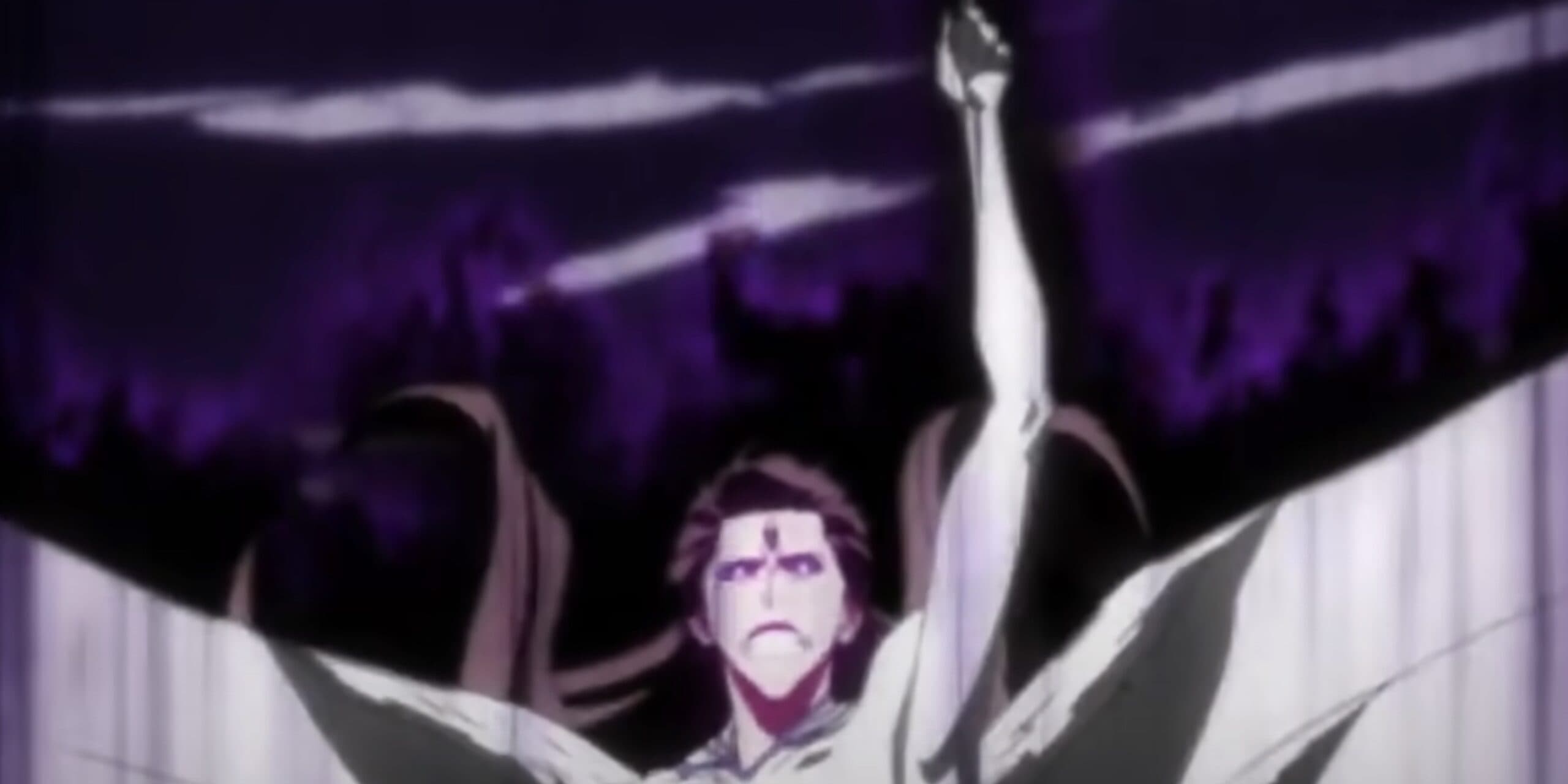
A Zanpakutō is an extension of its wielder’s soul; for Lieutenant Renji Abarai, his sword Zabimaru had only lent a portion of its full power due to mistrust from one spirit half. The dual spirits in his blade reflected internal conflicts within Renji.
Similarly, 4th Seat Yumichika Ayasegawa bickers constantly with his vain, flamboyant Zanpakutō – as both wielder and sword inherit an affinity for beauty and ego that clashes. Ultimately, a Shinigami and Zanpakutō share deeper personality traits.
This is the crux of why Aizen cannot attain Bankai. At his core, Aizen is highly manipulative, weaving convoluted lies and false persona to exploit others through deception.

Achieving Bankai requires laying one’s soul completely bare to fully synchronize with and submit to the Zanpakutō’s spirit. But utter openness and trust are entirely contrary to Aizen’s fundamental nature.
With his closed-off soul at irreconcilable odds against resonance, Aizen’s Bankai dreams will likely remain out of reach – his own duplicitous character standing squarely in the way. The sincere bond needed is denied by the walls, fortifying his true self.
Aizen’s Ruthless Ambition and the Elusive Quest for Bankai
For over a century, Aizen carefully constructed an outward persona of a well-respected, composed leader in Soul Society. However, beneath this strategic facade lurked his true ruthless nature – a cold, calculating, power-hungry mindset fixated on scientifically experimenting on souls out of mere curiosity without remorse.
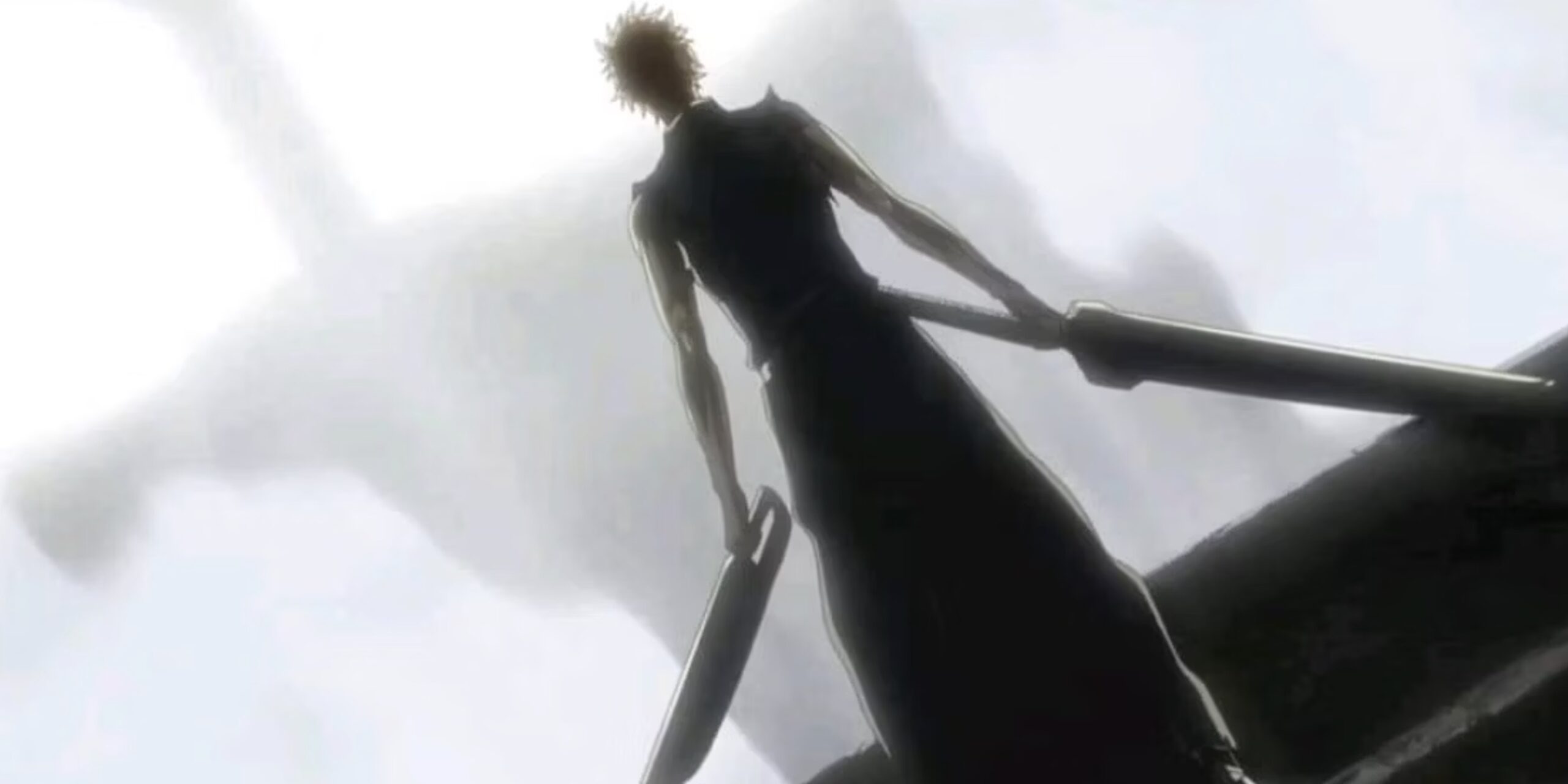
He continually manipulated countless lives to further his research into Hollowfication and build his Arrancar army.
Aizen displayed a disturbing lack of empathy in exploiting, deceiving, and discarding anyone necessary to inch closer to his ultimate megalomaniacal goal – surpassing the Soul King as the divine linchpin holding together all spiritual realms under his own vision of order.
This almost pathological inability to earnestly connect or care for others stems from his profoundly self-serving worldview. For Aizen, people are but tools to leverage for his ascension to godhood.

The only truth that matters to him is his own will. This chronic duplicity and detachment is the antithesis of the profound trust in another required for a Shinigami to bond with and subjugate the very representation of their soul in a Zanpakutō.
At his core, Aizen’s chilling, ruthless rationality and narcissism render him constitutionally incapable of even comprehending that selfless soul resonance. And thus, the secret to Bankai shall forever elude his grasp.
Aizen’s Duplicity, Cruelty, and the Limits of His Closed-Off Soul
Aizen’s utterly heartless exploitation of those close to him demonstrates his core duplicity. When staging his fake death and betrayal of Soul Society, he specifically manipulated his distraught lieutenant, Momo Hinamori, into thinking he survived before viciously impaling her.
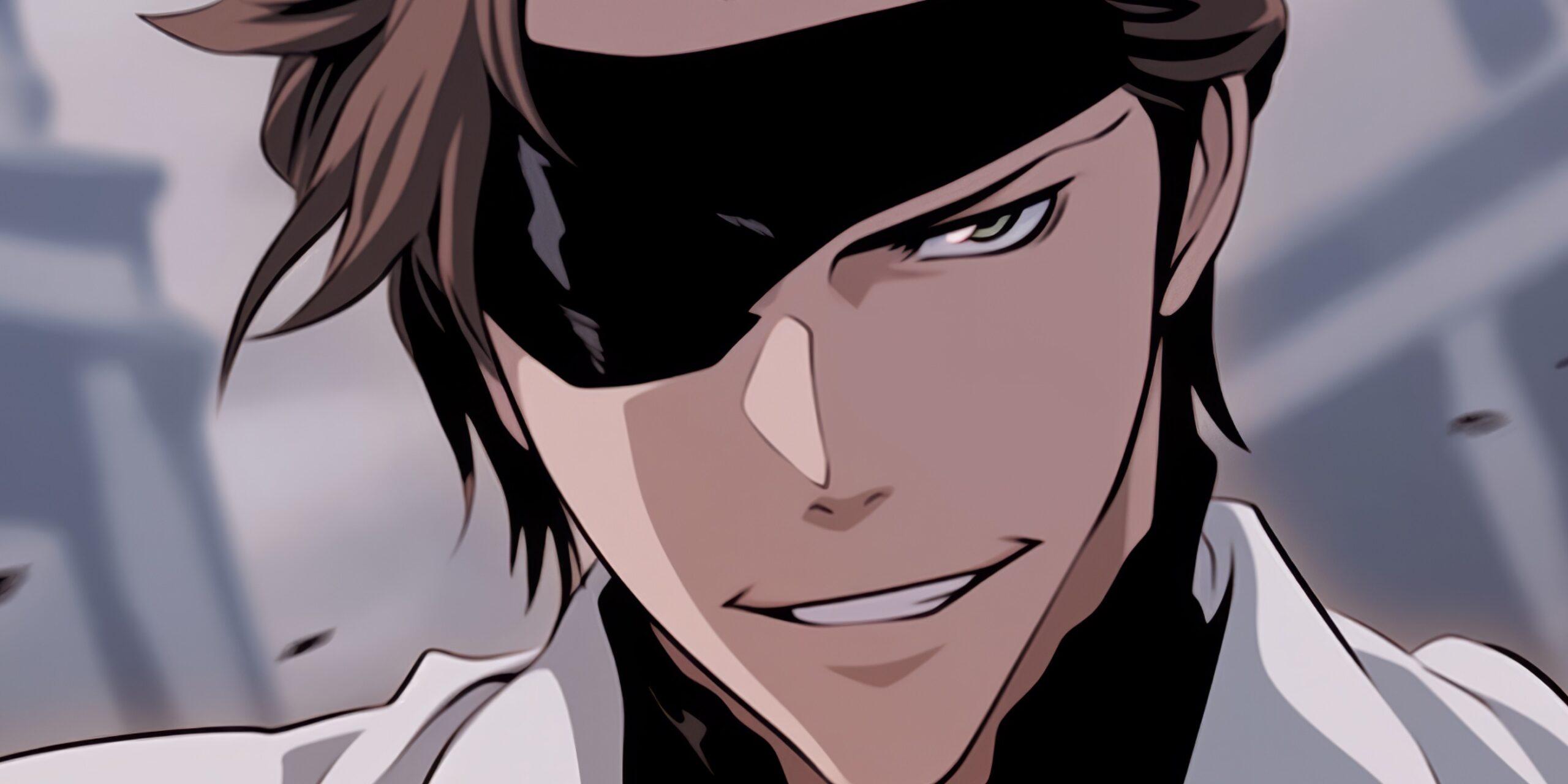
This capacity for such psychological cruelty and sadistic machinations reveals someone fundamentally disconnected from sincerity or empathy. Aizen is highly intellectual but applies that cunning through a lens of rational self-interest alone, leveraging and hurting even devoted followers without remorse.
It is this profound duplicity and emotional detachment that gives rise to Kyoka Suigetsu’s signature power of flawless illusion and deception. The Zanpakutō’s abilities perfectly reflect his wielder’s underlying themes of masking truth and exploitation.
Interestingly, in the Zanpakutō Rebellion filler storyline, Kyoka Suigetsu manifests as the embodiment of Aizen’s desire for existence in a perfect, godlike state – one that ultimately rejects, further enabling his ambition.
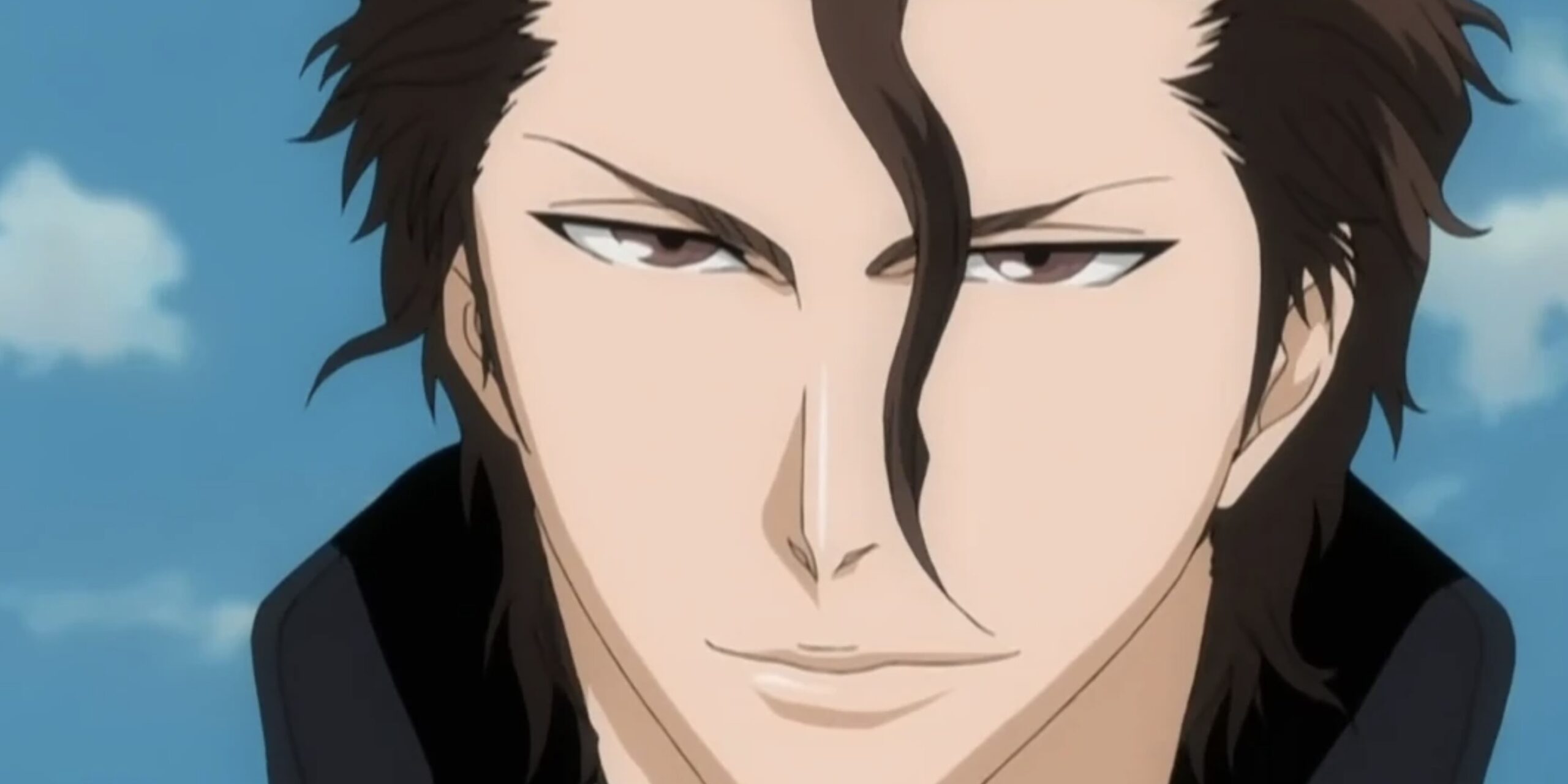
This hints that within his Aizen’s own soul, there is a fundamental conflict and disconnect between his outward guise and inner void. Resolving that would require earnest self-reflection and connection – things utterly anathema to his domineering and duplicitous essence.
In the end, Aizen’s Bankai will likely never bloom, stunted by the walls of his closed-off, manipulative heart. The trust to bond with one’s inner self remains beyond this shadow master.
The Paradox of Deception
Achieving a Bankai transformation hinges on the profound trust and understanding cultivated between Shinigami and Zanpakutō spirit. However, for Aizen and Kyoka Suigetsu, their intrinsically duplicitous natures create an unbridgeable paradox that denies such a resonant bond.
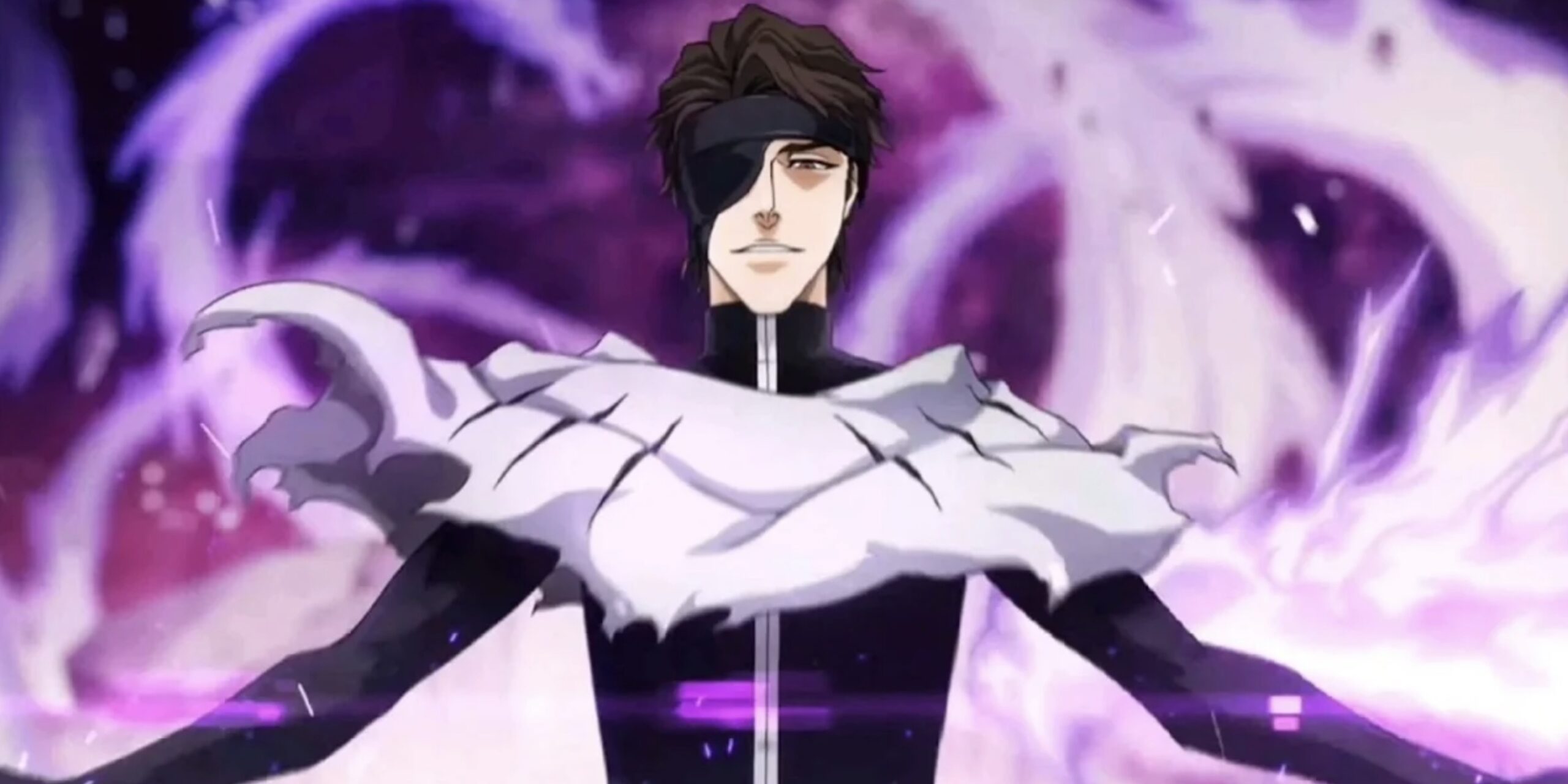
Aizen’s actual origins and history are complete unknowns; his entire presented identity could easily be a fabricated illusion. Beyond simply wielding hypnotic power, Aizen demonstrates machiavellian prowess in manipulating personalities and events completely undetected.
The possibility that “Sōsuke Aizen” is but one of countless false selves he has adopted over centuries cannot be discounted. Unraveling his truth is impossible because he only ever shows others what furthers his interests.
Similarly, Kyoka Suigetsu, as the manifestation of Aizen’s soul, is defined by illusion and deception. Their essences intrinsically revolve around hiding the truth, advantageously presenting falsehoods, and exploitation. Neither Zanpakutō nor the master can ever fully expose themselves to the other.

When manipulation and distrust are one’s core features, the earnest vulnerability and faith needed to resonate with spirits is fundamentally unattainable. Kyoka Suigetsu’s spirit cannot take shape to be defeated and understood.
Thus, Bankai shall never remain beyond Aizen’s reach – not for lack of power, but due to the walls necessarily built between two minds eternally hidden behind veils of duplicity. Their own profound separation from sincerity bars them from inner unity.
Aizen’s Potential Bankai Revelation
The extensive analysis so far leads to the conclusion that Aizen is inherently unable to attain Bankai due to his deceptive core clashing with the profound vulnerability required to bond with one’s Zanpakutō spirit. However, a line in the Spirits Are Forever With You novel muddles this certainty somewhat.
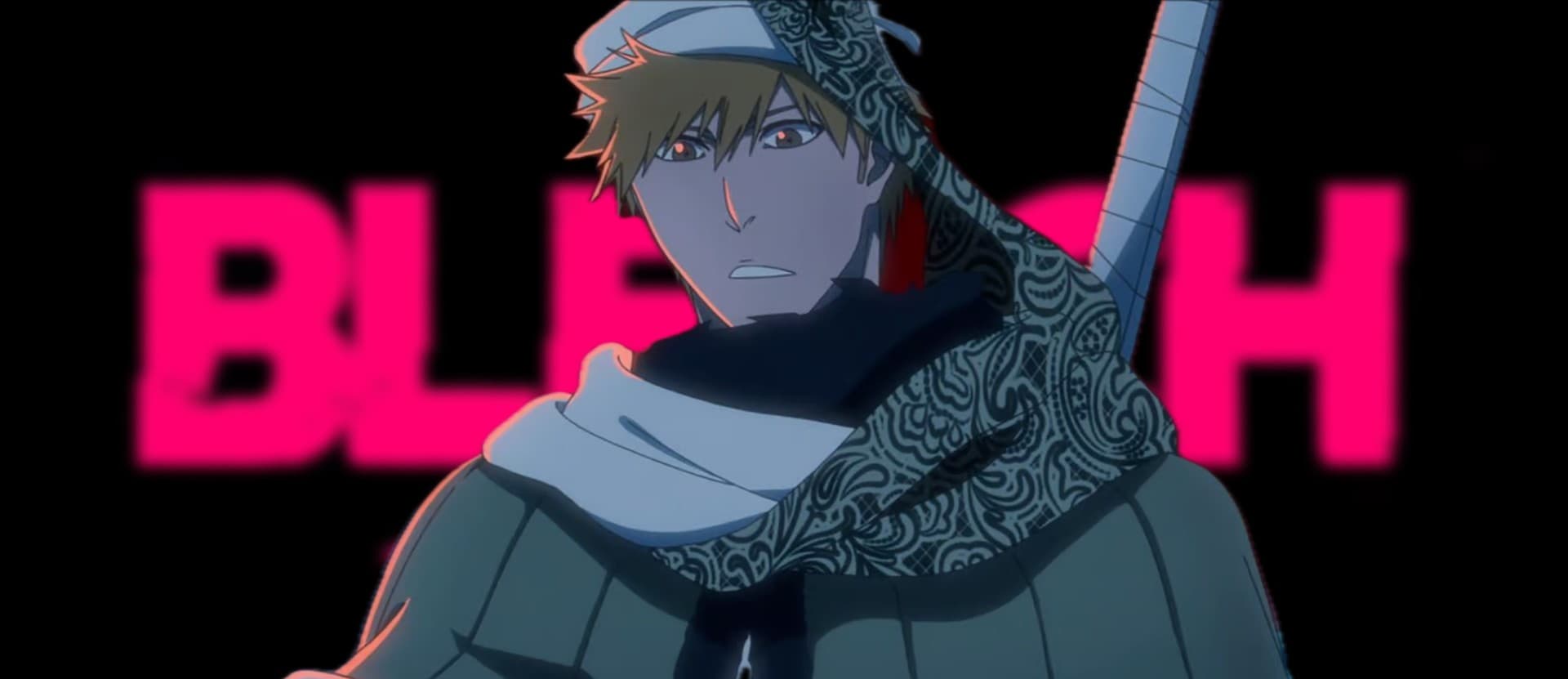
In the inner monologue of Zanpakutō spirit Urozakuro, she references that Kyoka Suigetsu’s Bankai has the weakness of only affecting targets already under its Shikai hypnosis influence. This tantalizing hint implies Aizen may indeed have reached Bankai status.
Of course, as a former Kenpachi Zanpakutō, Urozakuro’s unique insight could allow her to know this without Kyoka Suigetsu’s release actually being witnessed. So, while thought-provoking, her words alone cannot completely override the extensive soul-based analysis arguing against Aizen unlocking Bankai.
Ultimately, the true status of Aizen’s full power remains a mystery. If he has somehow attained Bankai regardless, it is doubtless to be uniquely devastating.
For now, fans are left unsure whether his limits lie with his Zanpakutō resonance or in levels of strength not yet revealed. Either way, as his plans re-emerge, uncovering more truths behind the illusive Kyoka Suigetsu will no doubt prove captivating.





